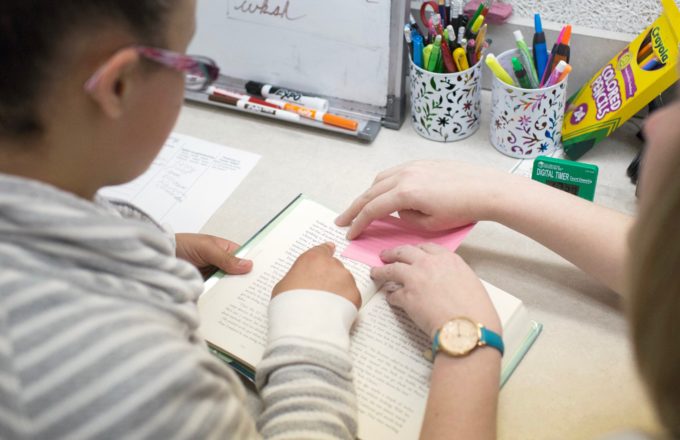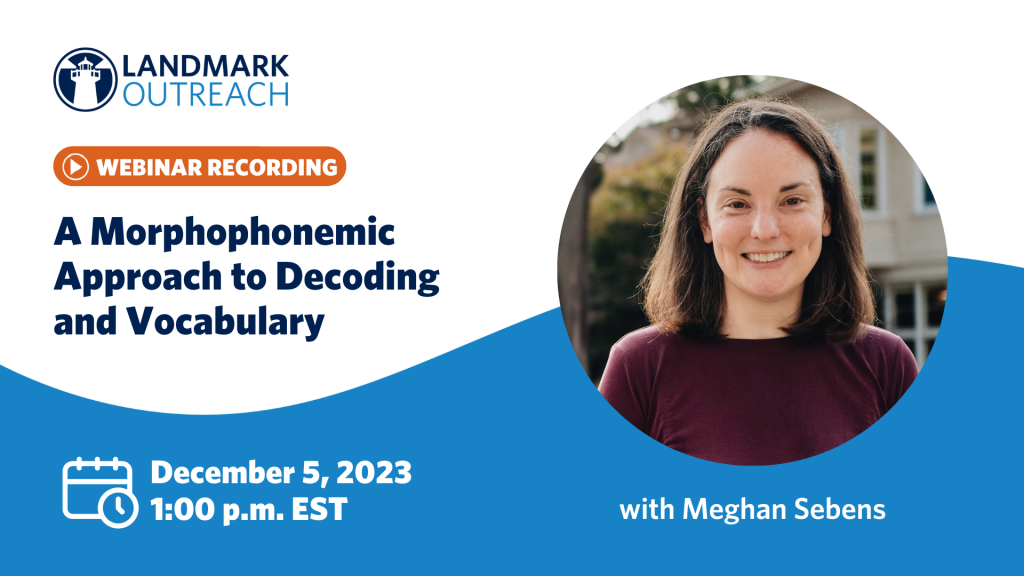The final stage of Collaborative Strategic Reading (CSR) is wrap-up, which centers on reviewing. This is typically the stage where the class summarizes the points of the lesson, and the teacher forms assessments of the students’ understanding. In order to do this, the teacher must have determined what information the students are required to remember and have formed questions and activities that allow students to demonstrate their knowledge. These types of activities should always be presented in multiple formats, even if the focus is on one at a time. This allows students to show their knowledge and understanding in a way that they feel comfortable with.
The process of summarizing and reviewing ensures student automatization through practice and review, which is the fourth Landmark Teaching Principle™. For the full text of the Landmark Teaching Principles™, including “Ensure Automatization Through Practice and Review,” click here. Practice and review improves automatization by asking students to apply what they learned repetitively in different formats with varying focuses. Questions often associated with summarizing include: who, what, when, where, why, and how. By asking students to identify these key ideas, the teacher guides the class to review what is most likely the most pertinent information. In addition to these summarizing questions, teachers often employ the use of “Tickets to Leave” or “Exit Tickets” that require the students to address the main concepts from a lesson before leaving the classroom. While allowing the students to review concepts, these tickets also provide teachers the opportunity to assess student knowledge based on the lesson.

